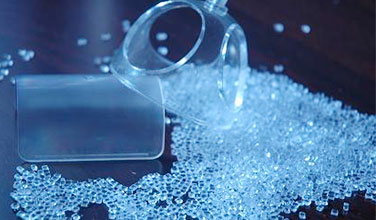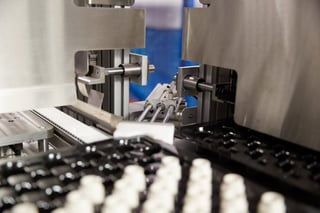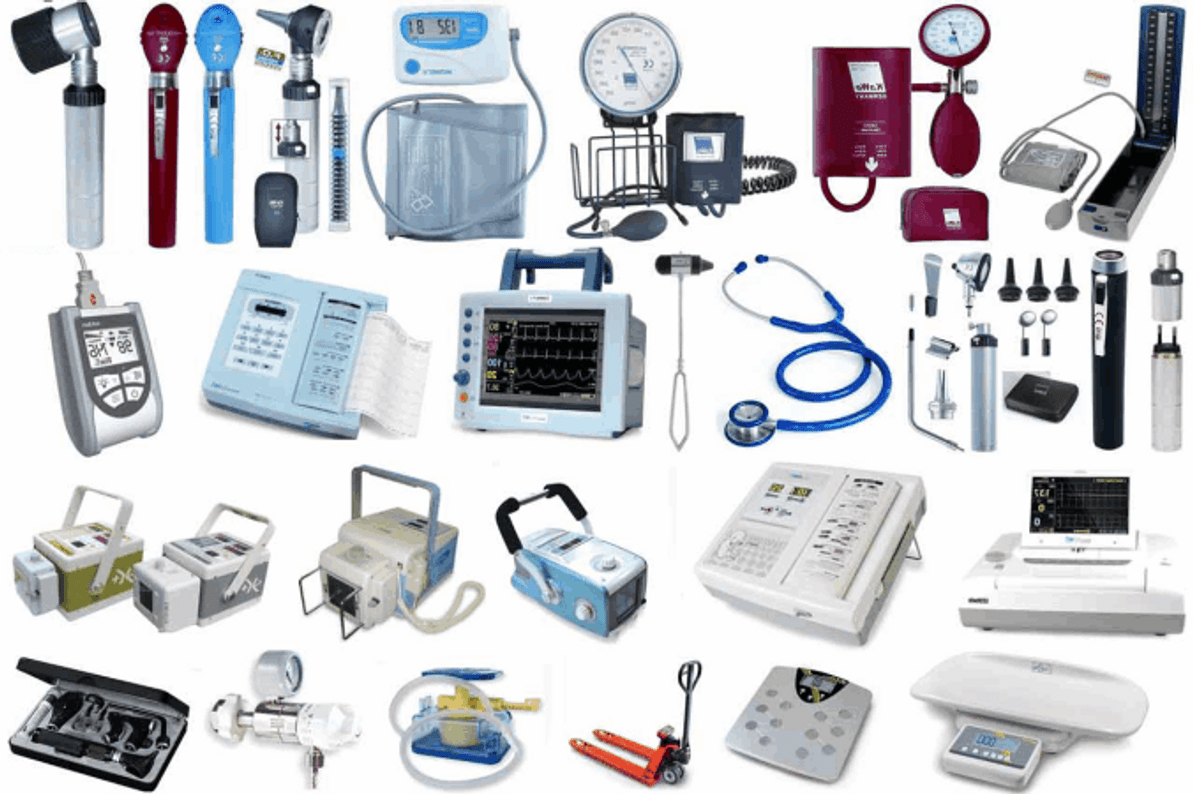The best material for vacuum forming is ABS due to its versatility, durability, ease of molding, and affordability.

Criteria for Choosing Materials
Strength and Durability
When selecting a material for vacuum forming, it’s crucial to consider its inherent strength and durability. Materials should be able to maintain their shape and structure, especially under stress. For example, products that will be used outdoors or in high-impact scenarios may require stronger materials to ensure longevity.
- Impact resistance: Some materials can absorb shocks better than others without breaking.
- Tensile strength: Refers to the material’s resistance to breaking under tension.
- Fatigue resistance: The material’s ability to withstand repeated stress without failure.
Clarity and Aesthetic Appeal
A product’s appearance can be just as important as its function, especially in consumer-facing industries. Materials used in vacuum forming must sometimes offer clarity for transparent products or have a pleasing aesthetic finish.
- Transparency level: Not all clear materials offer the same level of transparency; some might be hazy or only translucent.
- Surface finish options: The ability of the material to accept different finishes, such as matte, glossy, or textured.
- Color variations: Availability of the material in different colors or its ability to be dyed.
Flexibility and Ease of Forming
The flexibility of a material can dictate the complexity of designs achievable through vacuum forming. Furthermore, some materials are easier to manipulate and shape than others, impacting production speed and cost.
- Thermoforming temperature range: Some materials require higher or lower temperatures to become malleable.
- Mold adhesion: The ease with which the material separates from the mold after forming, preventing defects.
- Shrinkage rate: Some materials might shrink after forming, which can affect the final product dimensions.
Cost-effectiveness
Lastly, the cost of materials can significantly impact the overall project budget. Beyond the raw material cost, it’s essential to consider the costs associated with processing, finishing, and potential wastage.
- Raw material price: Direct cost of purchasing the material in bulk.
- Processing costs: Energy consumption, equipment wear, and other factors that contribute to the cost when forming the material.
- Recyclability: Materials that can be recycled might offer cost savings in terms of waste management or future production.
Common Materials Used in Vacuum Forming
ABS (Acrylonitrile Butadiene Styrene)
ABS is a popular thermoplastic known for its excellent toughness and impact resistance. It’s widely used in various industries due to its balanced properties.
- Characteristics: High strength, rigidity, and excellent thermal stability.
- Applications: Used in automotive parts, protective headgear, and toy manufacturing.
- Availability: Comes in various grades suitable for different purposes.
Polystyrene (High Impact Polystyrene – HIPS)
A versatile material, HIPS is often used when a combination of stiffness, toughness, and aesthetics is needed.
- Characteristics: Good dimensional stability and easy to paint or glue.
- Applications: Common in product packaging, CD cases, and some household items.
- Varieties: Available in general-purpose and high-impact grades.
Polycarbonate
Polycarbonate is renowned for its exceptional clarity and strength, often used where transparency and impact resistance are crucial.
- Characteristics: High optical clarity and excellent heat resistance.
- Applications: Eyewear lenses, vehicle headlights, and protective shields.
- Processing: Typically requires higher forming temperatures compared to other thermoplastics.

Polyethylene
One of the most widely used plastics globally, polyethylene is known for its flexibility and chemical resistance.
- Characteristics: Excellent chemical resistance and lightweight.
- Applications: Packaging materials, bottles, and plastic bags.
- Types: Comes in various densities, such as LDPE (Low-Density Polyethylene) and HDPE (High-Density Polyethylene).
Polypropylene
Valued for its fatigue resistance and elastic properties, polypropylene is often chosen for containers and lids.
- Characteristics: Resistant to chemicals and elastic.
- Applications: Food containers, automotive parts, and textiles.
- Availability: Available in both homopolymer and copolymer varieties.
PVC (Polyvinyl Chloride)
PVC is a versatile material with a wide range of properties, depending on its formulation.
- Characteristics: Can be rigid or flexible based on additives.
- Applications: Plumbing pipes, vinyl records, and credit cards.
- Types: Commonly classified into rigid and flexible PVC.
Factors Influencing Material Selection
Type of Product Being Formed
Choosing the appropriate material largely depends on the end product’s nature. The table below showcases some examples of products and preferred materials for their formation:
| Product Type | Preferred Material | Reason for Choice |
|---|---|---|
| Protective Headgear | ABS | High impact resistance and toughness. |
| Transparent Lenses | Polycarbonate | Exceptional clarity and strength. |
| Food Containers | Polypropylene | Resistance to chemicals and food safety. |
| Bottles | Polyethylene | Flexibility and chemical resistance. |
| Vinyl Records | PVC | Ability to hold detailed grooves and durability. |
Product Application
The intended use of a product can set specific material requirements. For instance:
- Food-safe requirements: Products that come into direct contact with food, such as containers or utensils, need to adhere to specific safety standards. Materials like polypropylene are often preferred for their resistance to chemicals and food safety attributes.
- UV resistance: For products used outdoors, like garden furniture or vehicle parts, resistance to UV rays is crucial to prevent degradation. Polycarbonate and certain grades of polyethylene offer UV resistance.
Manufacturing Constraints and Capabilities
The manufacturing environment, machinery, and expertise available can also influence material choice:
- Machinery compatibility: Not all vacuum forming machines can handle every material type. For example, some might not reach the higher temperatures required for forming polycarbonate.
- Expertise: Materials like PVC might require special handling due to potential release of toxic fumes during processing. Therefore, expertise in handling such materials safely is essential.
- Production volume: Some materials might be more suited for high-volume production due to their cost or ease of processing, while others might be reserved for specialty, low-volume items.

Applications of Different Materials
Consumer Goods and Packaging
Different materials have specific properties that make them ideal for various consumer goods and packaging applications.
- Polyethylene: Used in the production of plastic bags, bottles, and containers due to its flexibility and chemical resistance.
- Polystyrene: Preferred for food packaging, such as yogurt containers, because of its rigidity and ease of molding.
- PETG: Often selected for blister packaging due to its clarity and toughness.
Medical Devices and Tools
The medical industry has stringent requirements, demanding materials that are sterile, safe, and durable.
- Polycarbonate: Used in surgical instruments and clear medical equipment due to its strength and transparency.
- Polypropylene: Used for syringes and medical containers for its chemical resistance and safety when in contact with medicines.
- PVC: Chosen for medical tubing and blood bags because of its flexibility.

Automotive Parts
The automotive industry utilizes various materials to ensure the durability, safety, and aesthetics of vehicles.
- ABS: Popular for interior components like dashboards and door panels because of its toughness and ease of forming.
- Polycarbonate: Used for headlights and other transparent parts due to its clarity and impact resistance.
- Polyethylene: Chosen for fuel tanks and liners due to its chemical resistance.
Architectural Models
Creating realistic and durable architectural models requires materials that can capture intricate details.
- Polystyrene: Frequently used for miniature architectural models because of its ability to hold fine details.
- ABS: Preferred for larger architectural models due to its strength and stability.
- PETG: Sometimes chosen for transparent elements, such as windows, in architectural models because of its clarity.




